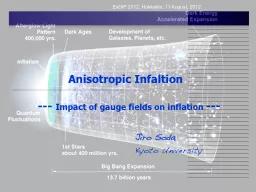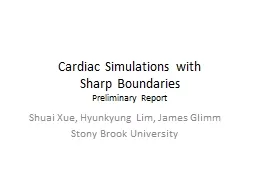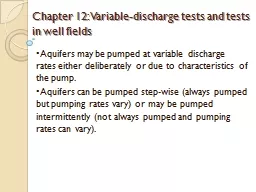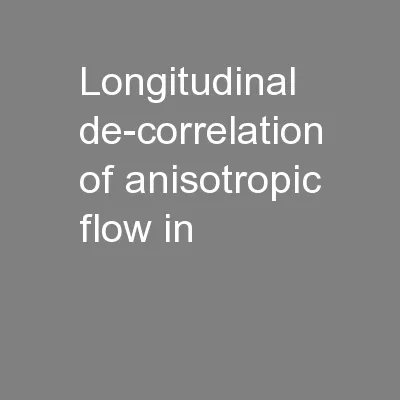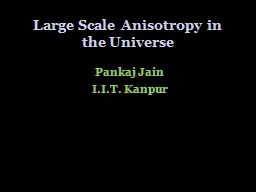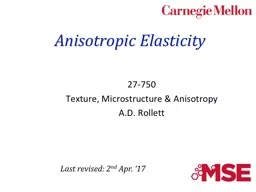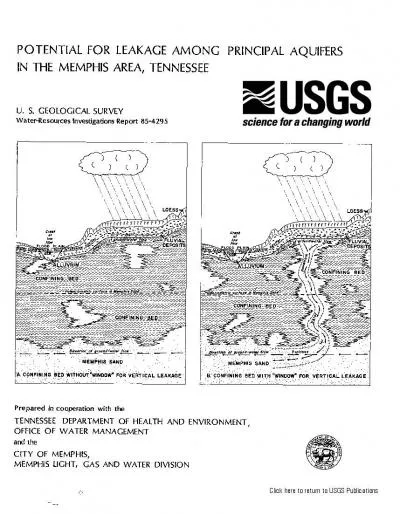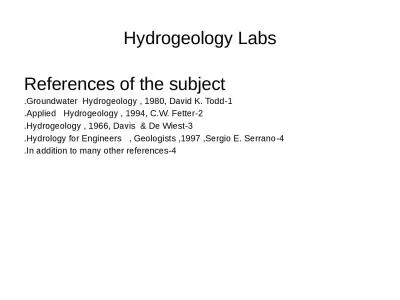PPT-Anisotropic Aquifers
Author : stefany-barnette | Published Date : 2015-11-30
Tripp Winters Anisotropy is a common feature in water laid sedimentary deposits fluvial clastic lake deltaic and glacial outwash Water lain deposits may exhibit
Presentation Embed Code
Download Presentation
Download Presentation The PPT/PDF document "Anisotropic Aquifers" is the property of its rightful owner. Permission is granted to download and print the materials on this website for personal, non-commercial use only, and to display it on your personal computer provided you do not modify the materials and that you retain all copyright notices contained in the materials. By downloading content from our website, you accept the terms of this agreement.
Anisotropic Aquifers: Transcript
Download Rules Of Document
"Anisotropic Aquifers"The content belongs to its owner. You may download and print it for personal use, without modification, and keep all copyright notices. By downloading, you agree to these terms.
Related Documents


